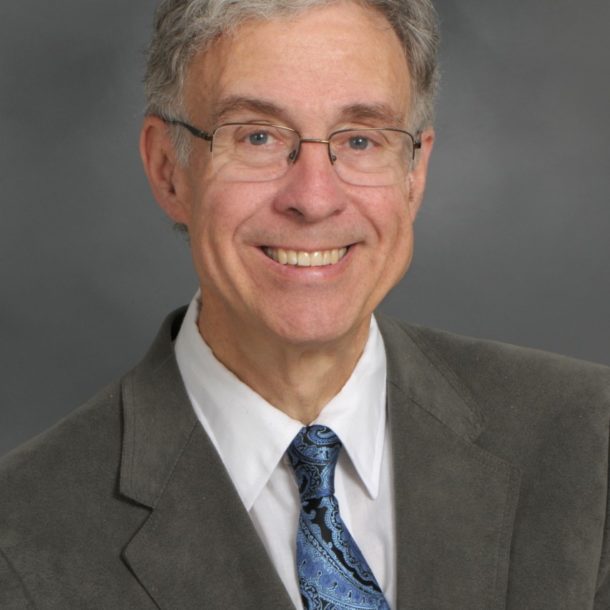 The belief that there is no free will is a much more dangerous myth, he writes, at Mind Matters Today:
The belief that there is no free will is a much more dangerous myth, he writes, at Mind Matters Today:
There are four reasons to affirm the reality of free will against denial by materialist determinists. Two reasons are logical, and two are scientific.
…
4. While scientific experiments do not entirely settle the matter, an objective review of the neuroscientific evidence unequivocally supports the existence of free will. The first neuroscientist to map the brains of conscious subjects, Wilder Penfield, noted that there is an immaterial power of volition in the human mind that he could not stimulate with electrodes. The pioneer in the neuroscience of free will was Benjamin Libet, who demonstrated clearly that, while there is an unconscious material predisposition to acts as shown by electrical brain activity, we retain an immaterial “free won’t,” which is the ability to veto an unconscious urge to act. Many experiments have followed on Libet’s work, most of which use fMRI imaging of brain activity. They all confirm Libet’s observations by showing what is at most a loose correlation between brain activity and volition (for example, nearly half the time the brain activity that precedes the act is on the wrong side of the brain for the activity to determine the will)—the looseness of correlation being best explained as evidence for libertarian free will. Modern neuroscience clearly demonstrates an immaterial component to volition.
Harari is wrong about free will. It is not a myth. Free will is a real and fundamental aspect of being human, and the denial of free will is junk science and self-refuting logical nonsense. More.
He adds that denial of free will, in a culture of pervasive surveillance, is the straightest road to totalitarianism.
Michael Egnor is a neurosurgeon, professor of Neurological Surgery and Pediatrics and Director of Pediatric Neurosurgery, Neurological Surgery, Stonybrook School of Medicine
Also by Michael Egnor Knowledge is power, sort of… If that’s ALL knowledge is, the resulting science is bound to be limited, says Michael Egnor . If you are trying to predict the course of a cannonball, Newtonian mechanics are adequate. If you are trying to understand the mind of the guy who fired the cannon, you need to look much deeper.
See also:Deep Learning won’t solve AI AlphaGo pioneer: We need “another dozen or half-a-dozen breakthroughs.” Hassabis: “AlphaGo doesn’t understand language but we would like them to build up to this symbolic level of reasoning — maths, language, and logic.
Are sex robots a cure for loneliness? Maybe, in a culture where people see themselves as machines. Nancy Pearcey, who is the author of Love Thy Body: Answering Hard Questions about Life and Sexuality, reminds us that the most popular metaphor for the universe today is a vast machine.
and
Remember those awful Seventies TV ads? The new “attention economy” killed that kind of advertising. But what now? One way of describing the change is that we now live in an attention economy rather than a captive time economy, so far as advertising is concerned.